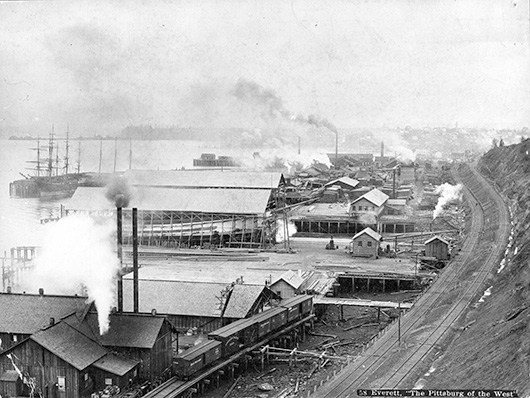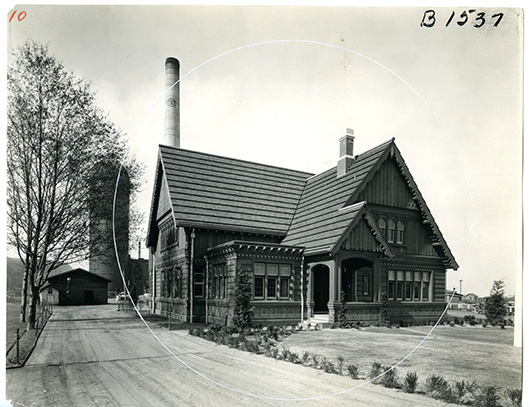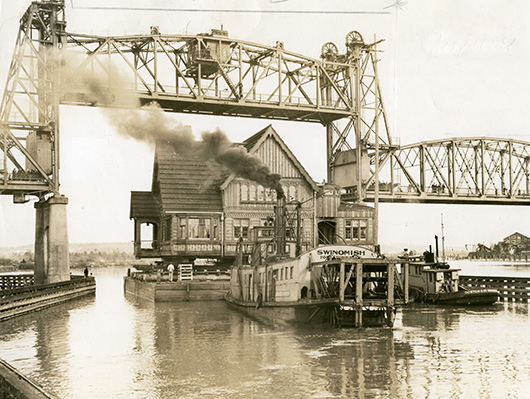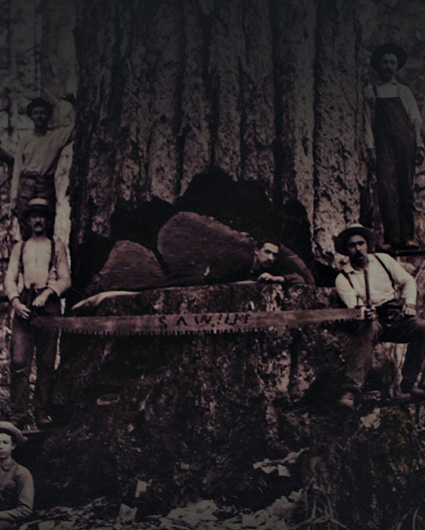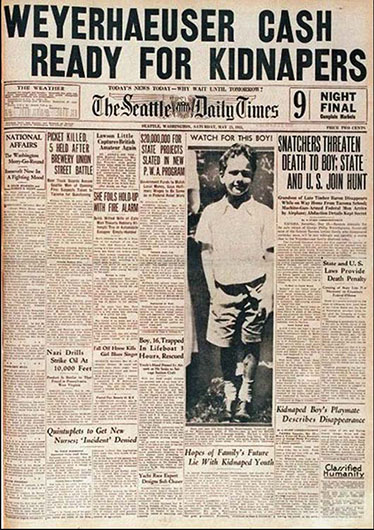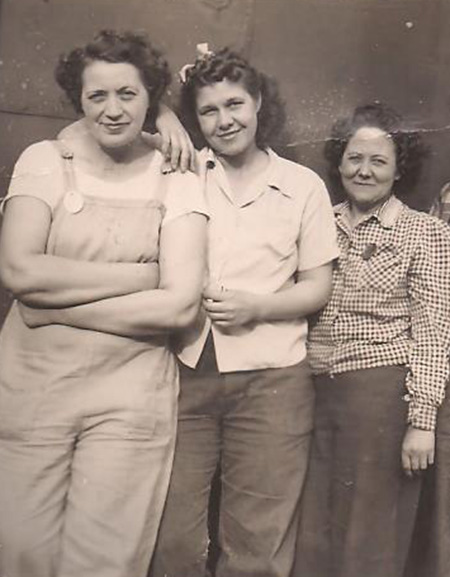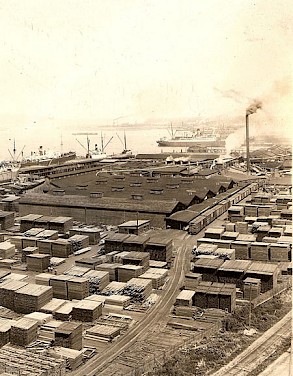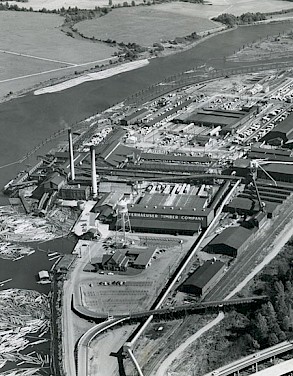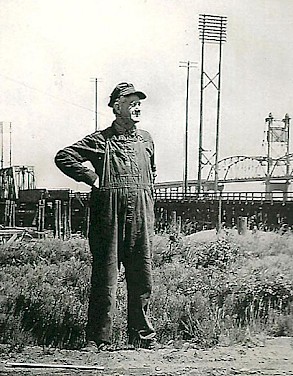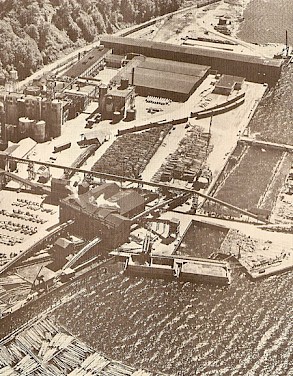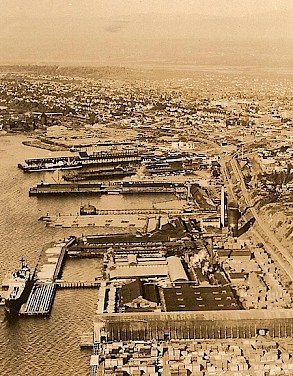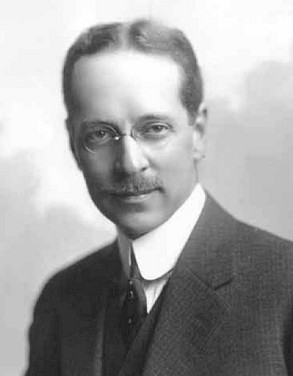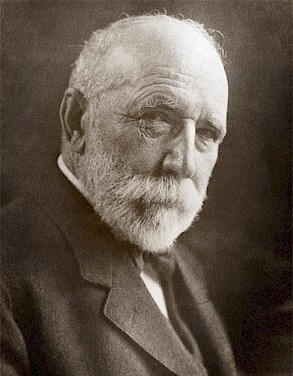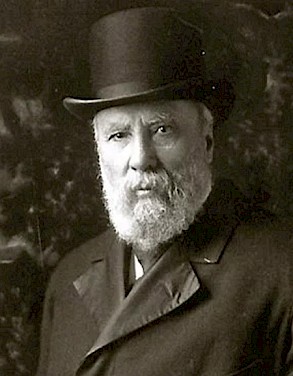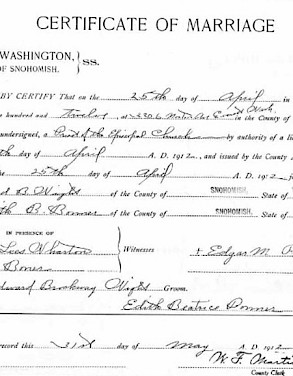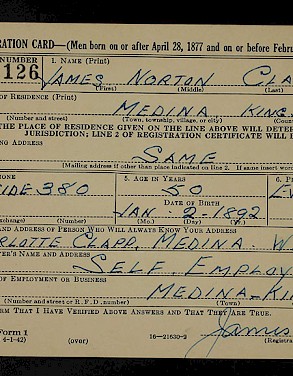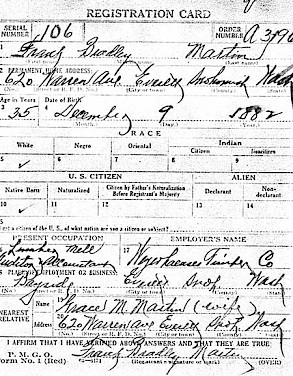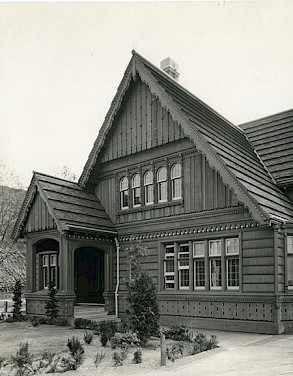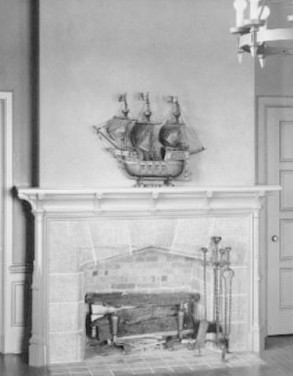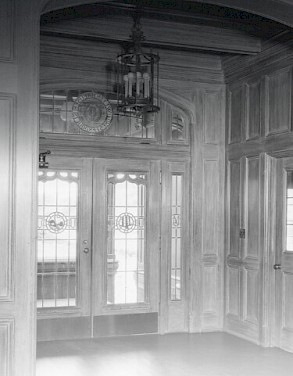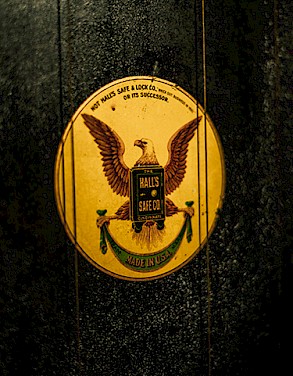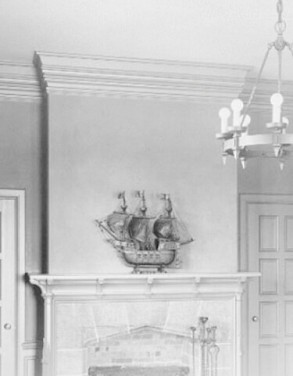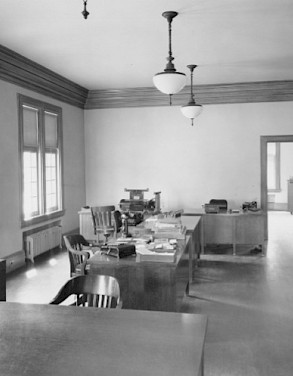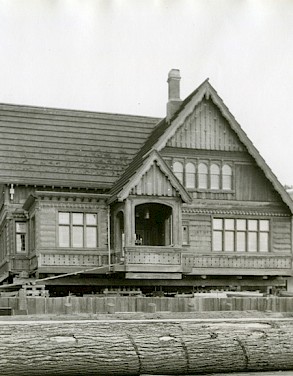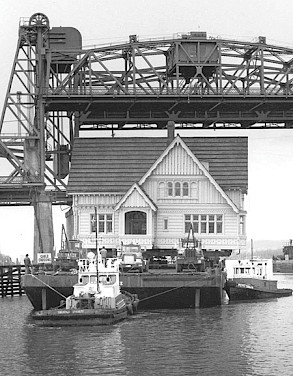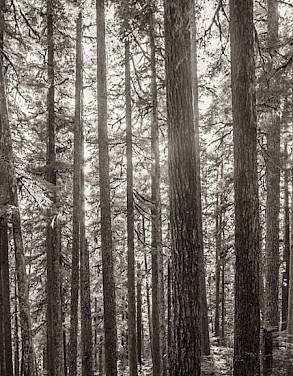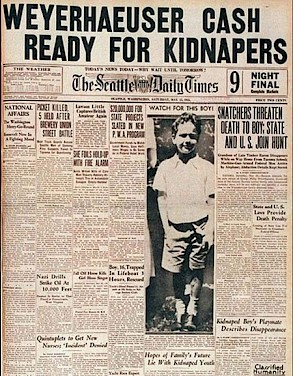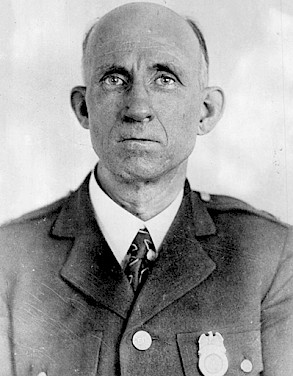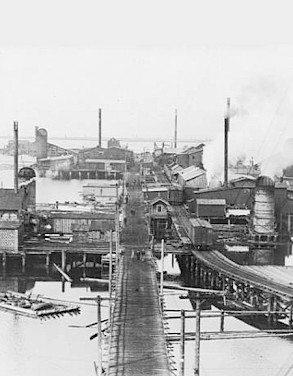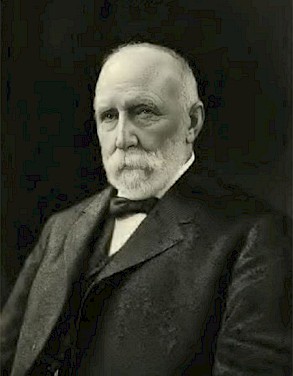Founding: On January 18, 1900, Frederick E. Weyerhaeuser and 11 investors took a step that stirred the imagination and signaled a new era in the history of the lumber industry. In the largest private land transaction in American history at that time, they purchased 900,000 acres of Washington state timberland from the Northern Pacific Railway.
Everett Mill A: The company purchased its first sawmill in Everett, Washington.
A Forest Diplomat: None of the company’s original investors lived in the Pacific Northwest, so they needed a trustworthy manager for their new venture. They picked George S. Long as their first general manager — a position he held for 30 years.
First Headquarters: The company settled into two rented rooms in a building in Tacoma adjacent to offices of the Northern Pacific Railway. The railroad had the only maps of the land the company had just purchased. The Tacoma Building, a joint venture with the Tacoma Commercial Club, would serve as corporate headquarters for 60 years.
Everett Mill B: Beginning production in 1915, the mill became Weyerhaeuser’s principal supplier to East Coast markets.
World War I: Spruce from Weyerhaeuser forests was used to build World War I airplanes. In addition, Weyerhaeuser lumber was used to build wooden ships and army barracks. The Army turned soldiers into loggers and moved into Weyerhaeuser forests to step up production of lumber for the war.
Steamship Business: The company purchased four surplus World War I merchant ships to transport lumber from the Northwest to the East Coast. In later years, the company purchased additional ships and created the Weyerhaeuser Steamship Company, the predecessor to its Westwood Shipping Lines, which operated for several decades before being sold in 2011.
Weyerhaeuser Fleet: Company vessels were ordered into federal service, and Weyerhaeuser Steamship Company became a general agent of the War Department, directing the operation of 68 freighters and troop ships. In 1943, two ships of the original Weyerhaeuser fleet were torpedoed and sunk.
New Name: By the end of the 1950s, Weyerhaeuser Timber Company was producing far more than timber. To reflect this broader focus, the name was changed to Weyerhaeuser Company.
Columbus Day Storm: On October 12, 1962, Typhoon Frieda blew down billions of board feet of Northwest timber with winds up to 150 miles per hour. A major salvage logging effort began immediately. The domestic market could not absorb the volume, but Japan faced a shortage of softwood lumber which opened up an enormous market for Weyerhaeuser.
New Headquarters: Located in Federal Way, Washington, the building was the first major application of open-landscape office design in the United States when built in 1971. It won numerous awards for architecture and energy efficiency.
Technology Center: The Weyerhaeuser Technology Center opened on 40 acres near Weyerhaeuser headquarters. The center holds more than 115 laboratories and employs scientists, engineers, technicians and support personnel. The center conducts leading-edge work in forestry, pollution control and wood product research.
Newspaper Business: Weyerhaeuser entered the newsprint business through an important joint venture with Jujo Paper Company of Japan. The newly formed North Pacific Paper Corporation (NORPAC) opened a mill in Longview, Washington.
Mount St. Helens: On May 18, 1980, Mount St. Helens exploded with the force of several atomic bombs. The eruption devastated 68,000 acres of Weyerhaeuser land and destroyed logging camps and equipment, 650 miles of road, 19 bridges and 16 miles of railroad track. It was one of the most cataclysmic events in the natural history of the United States.
Salvage Logging: Once again, the company faced the challenge of salvaging enormous amounts of downed timber. The dirty, dangerous work began two weeks after the eruption of Mount St. Helens, involved over 1,000 people and took nearly three years to complete. In the end, workers rescued enough wood to build 85,000 homes.
Reforestation: For seven years, Weyerhaeuser applied scientific research and hard work to replant the timberlands devastated by the eruption. Planting crews had to dig down through a foot or more of ash to get to the soil below. One by one, 18.4 million seedlings from Weyerhaeuser nurseries were hand planted. The area was ready for harvest again by 2020.
Milestone Seedling: George Weyerhaeuser planted a genetically improved seedling in the blast zone of Mount St. Helens to commemorate two decades of trees planted under the High Yield Forestry program. Two billion seedlings is equivalent to planting three seedlings every second of every day for 20 years.
Town Hall: Weyerhaeuser held town hall meetings in Washington and Oregon to listen to the public. The meetings were attended by more than 2,000 people who raised ideas, asked pointed questions and leveled criticism at the company. These public meetings were instrumental in the company integrating more extensive environmental practices in its forestry.
Longview Timber: On July 23, 2013, Weyerhaeuser completed the acquisition of Longview Timber, which brought 645,000 acres of high-value and productive timberlands into the company’s portfolio and expanded its total acreage in the U.S. to nearly 7 million acres.
Seattle Move: On August 26, 2014, Weyerhaeuser announced it will move its headquarters from Federal Way, Washington, to Seattle.
New Headquarters: Weyerhaeuser opened the doors to its new corporate headquarters building in Seattle, Washington. A model of sustainability, the structure is built to pursue LEED Platinum certification by the United States Green Building Council, and Green Globes certification by the Green Building Initiative. It also features Weyerhaeuser’s wood products prominently throughout the building.







